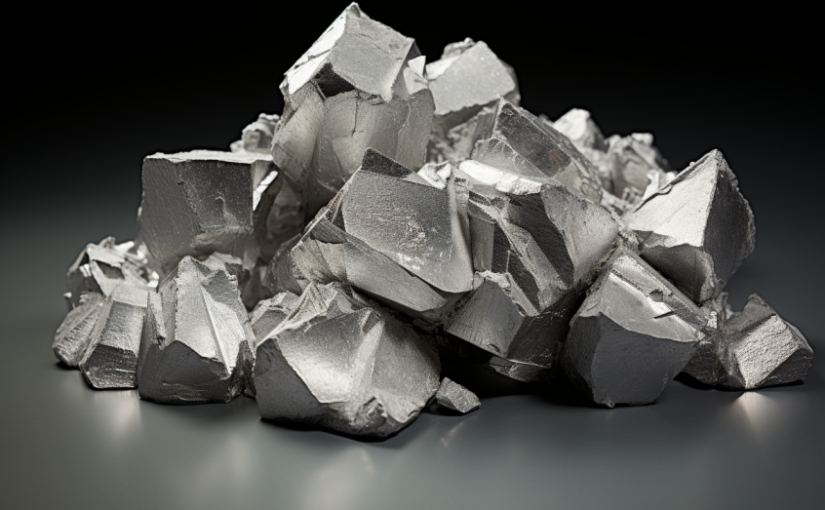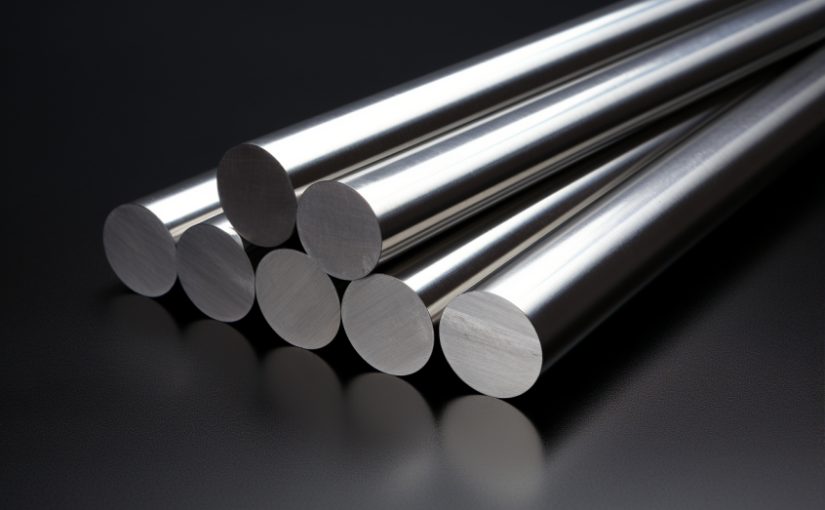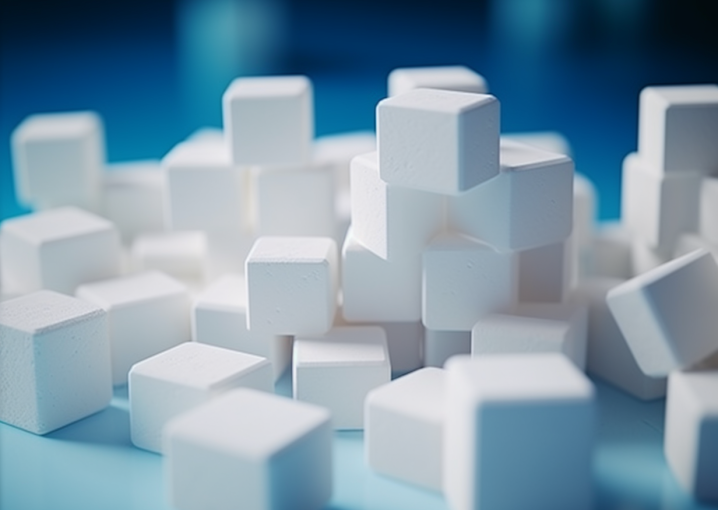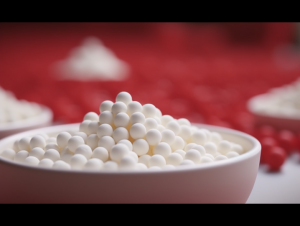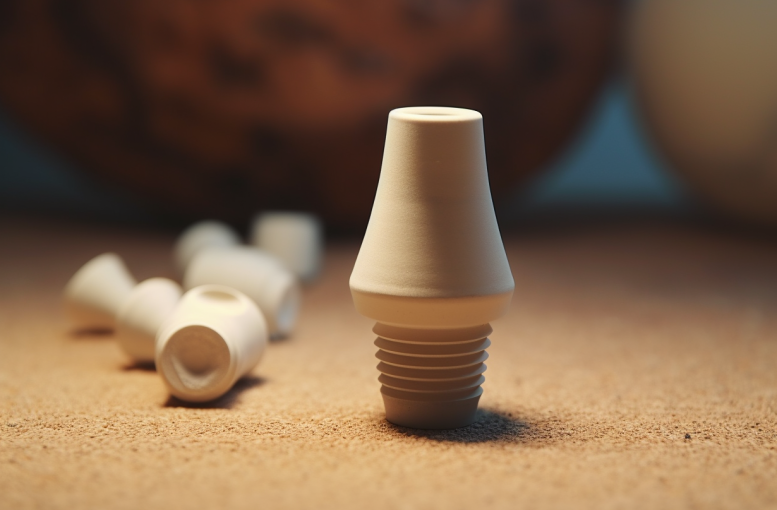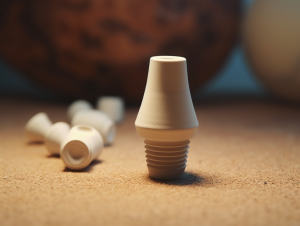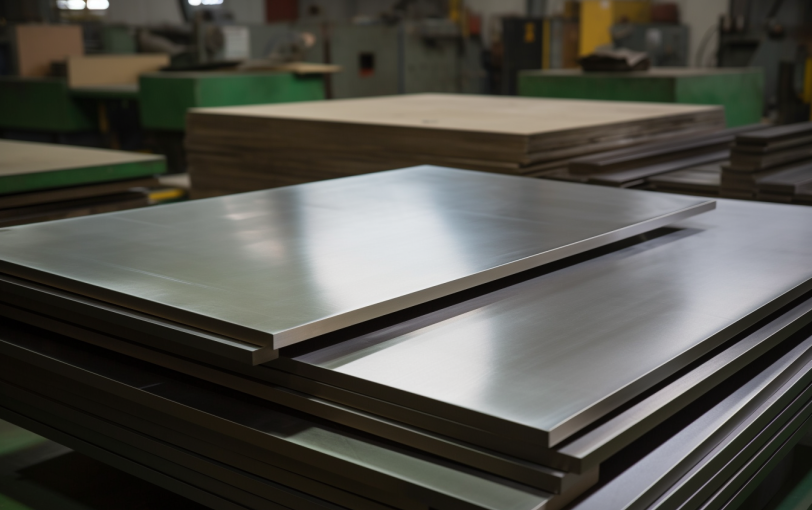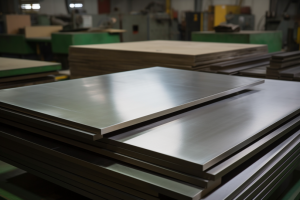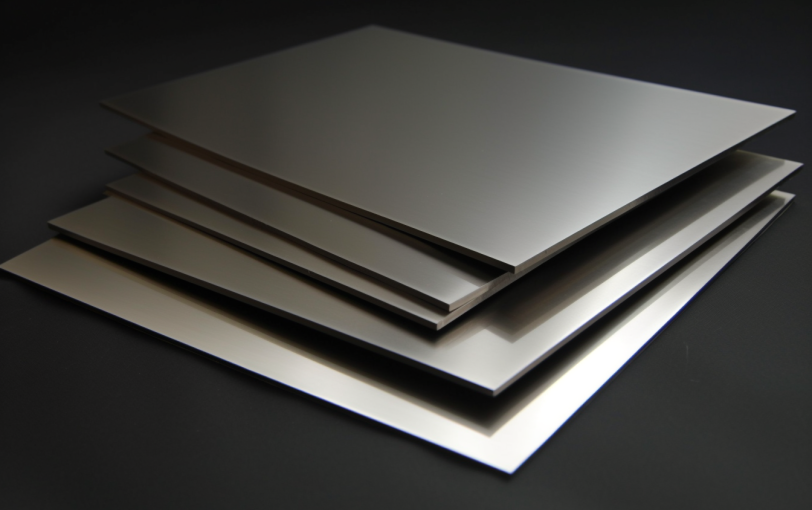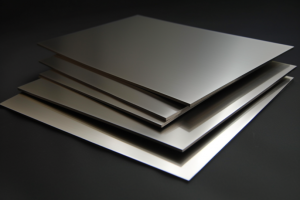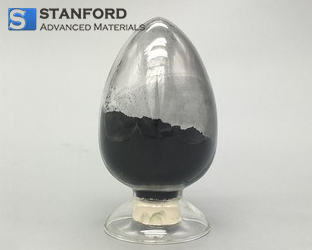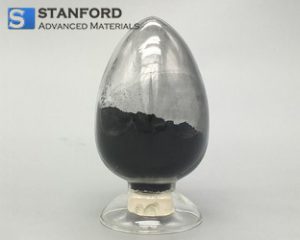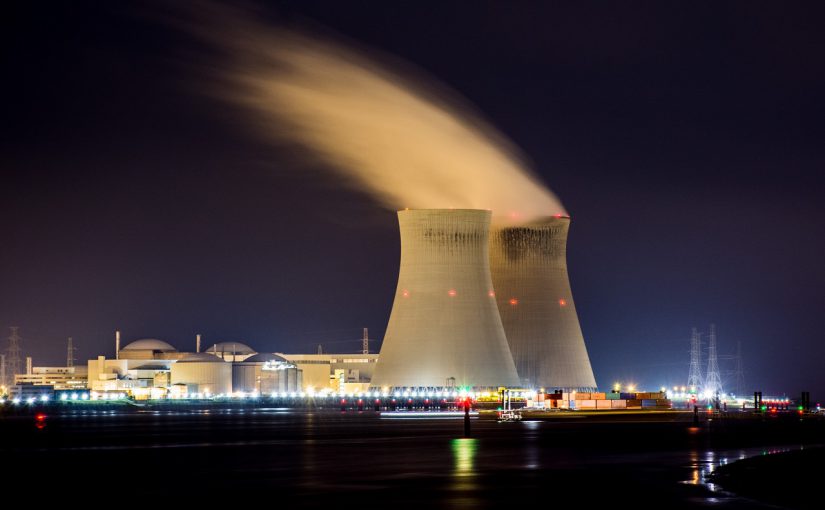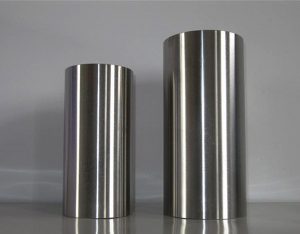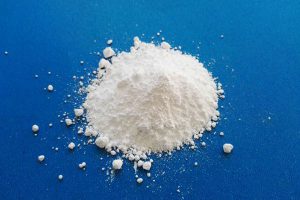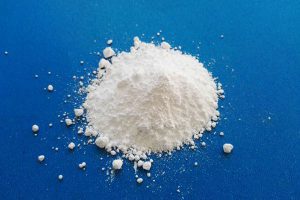Zirconium diboride (ZrB2) is making waves in the world of ceramics, offering a multitude of benefits that are propelling it to the forefront of advanced materials. This remarkable compound is garnering attention for its unique properties and its ability to enhance the performance of cutting-edge ceramics.
Unlocking the Potential of Zirconium Diboride
Zirconium diboride is a compound of zirconium and boron, known for its exceptional hardness, high melting point, and impressive electrical conductivity. These properties make it a valuable ingredient in cutting-edge ceramics.
In the realm of ceramics, hardness is a crucial factor. Zirconium diboride ranks among the hardest materials known, surpassed only by diamonds and cubic boron nitride. This makes it ideal for applications where wear resistance and durability are paramount.
Applications in Cutting-Edge Ceramics
One of the key applications of zirconium diboride is in the production of cutting tools. Ceramic cutting tools have gained popularity due to their ability to withstand high temperatures and maintain their hardness. Zirconium diboride enhances these properties, resulting in cutting tools that are not only harder but also more heat-resistant.
Moreover, ceramics featuring zirconium diboride are used in manufacturing processes that involve high-speed cutting, such as milling, drilling, and turning. These ceramics exhibit excellent wear resistance, prolonging tool life and reducing the need for frequent tool changes.
Aerospace and Automotive Industry Advancements
The aerospace and automotive industries benefit greatly from ceramics infused with zirconium diboride. In aerospace, where lightweight and high-strength materials are essential, zirconium diboride-enhanced ceramics are employed in components like turbine blades and nozzles. These ceramics can withstand extreme temperatures and high-stress conditions, contributing to the efficiency and reliability of aircraft engines.
In the automotive sector, zirconium diboride plays a role in developing advanced ceramics for engine components. These ceramics offer reduced friction, improved fuel efficiency, and enhanced durability. They are also used in the production of brake discs that can withstand intense heat and pressure.
Challenges and Future Prospects
While zirconium diboride has shown immense promise in the realm of ceramics, there are still challenges to overcome. The synthesis of zirconium diboride ceramics can be complex and costly, and researchers continue to explore more efficient production methods.
Looking ahead, zirconium diboride-infused ceramics are expected to find applications in various emerging industries, including electronics and energy. As researchers further refine the synthesis processes and explore new applications, the role of zirconium diboride in cutting-edge ceramics is poised to expand, pushing the boundaries of what is possible in materials science.
For more information about https://www.samaterials.com/70-zirconium.html.

